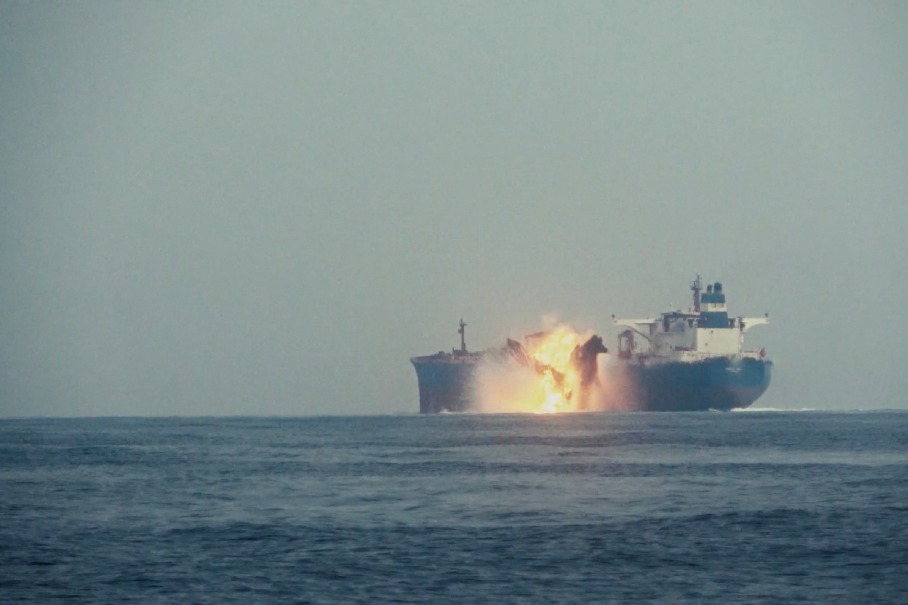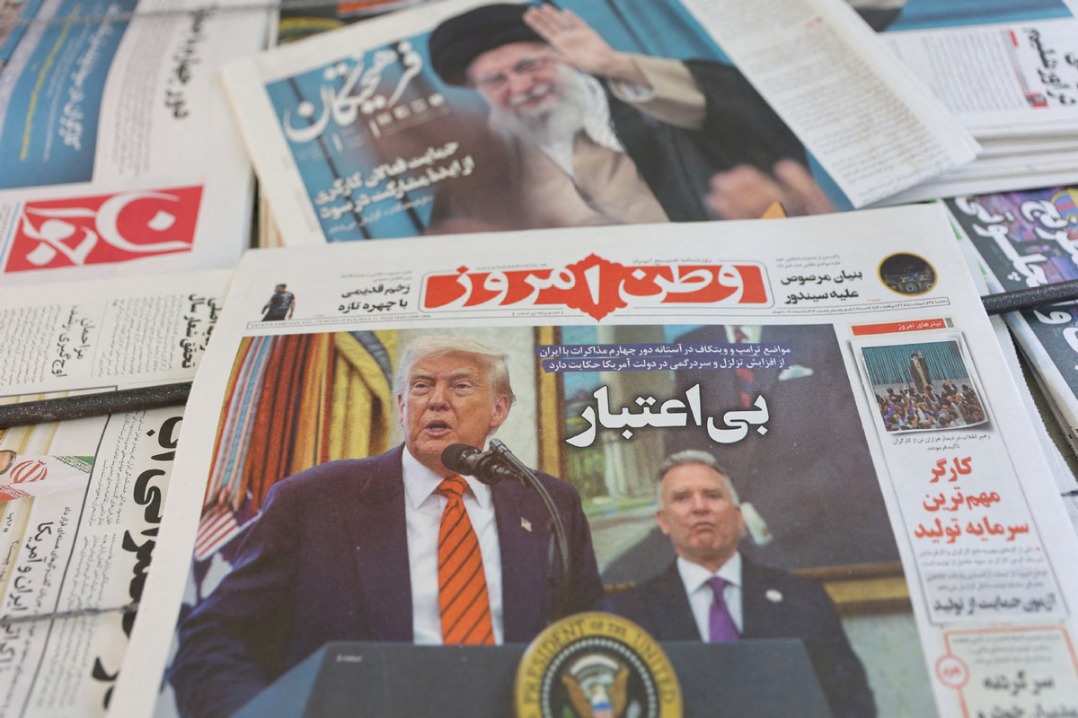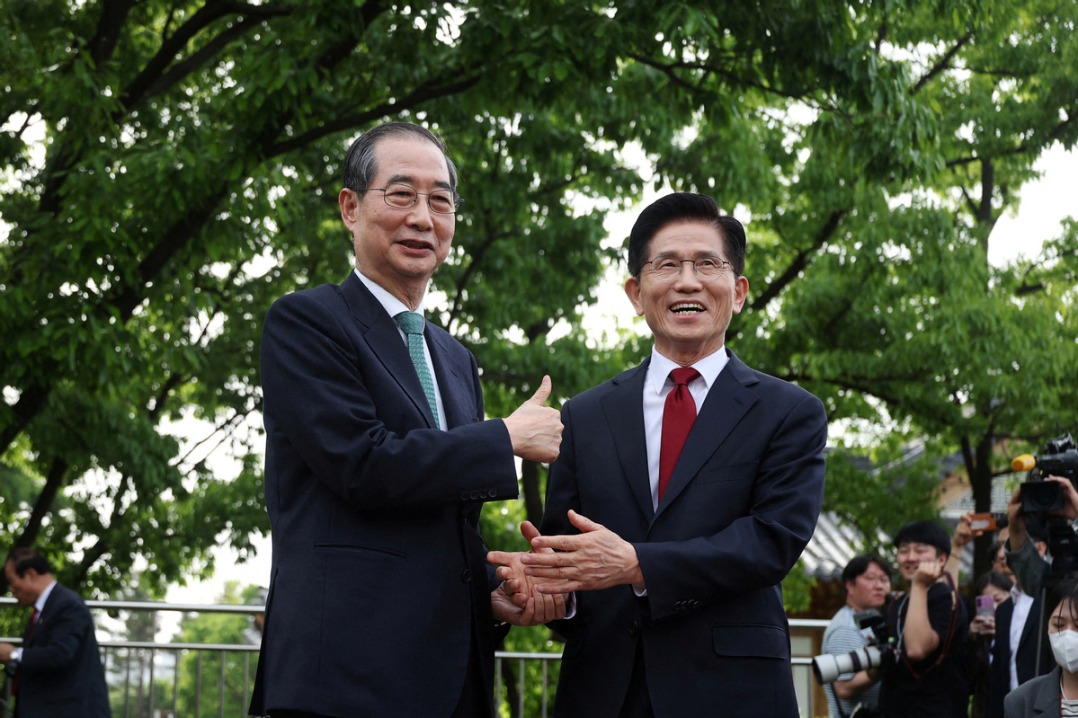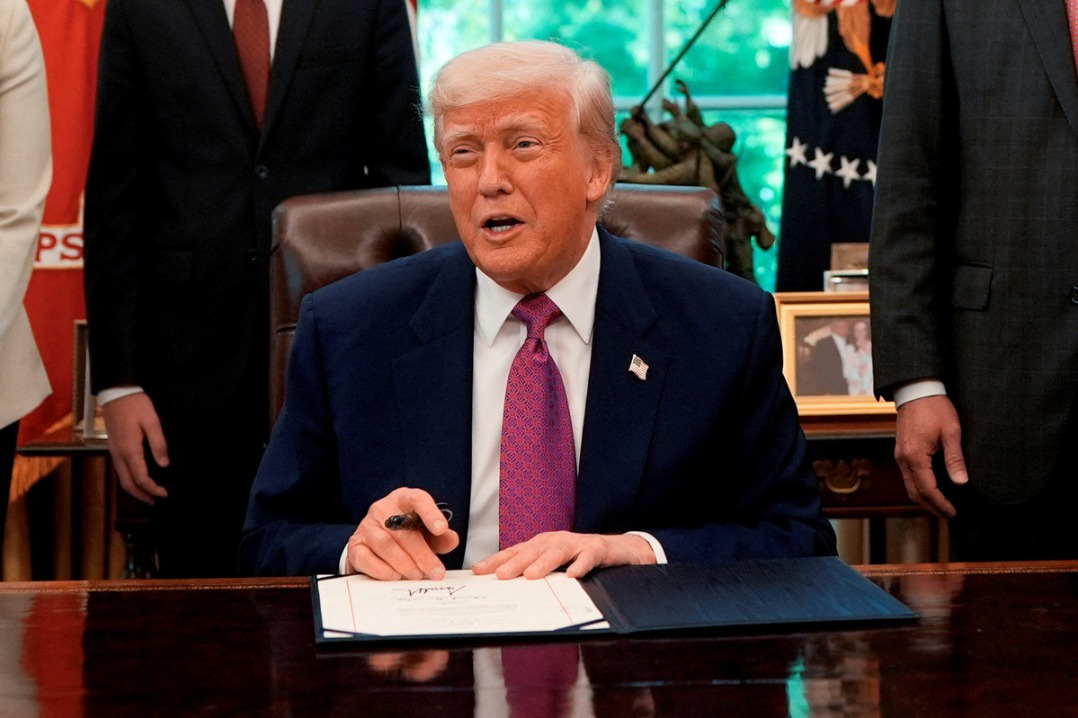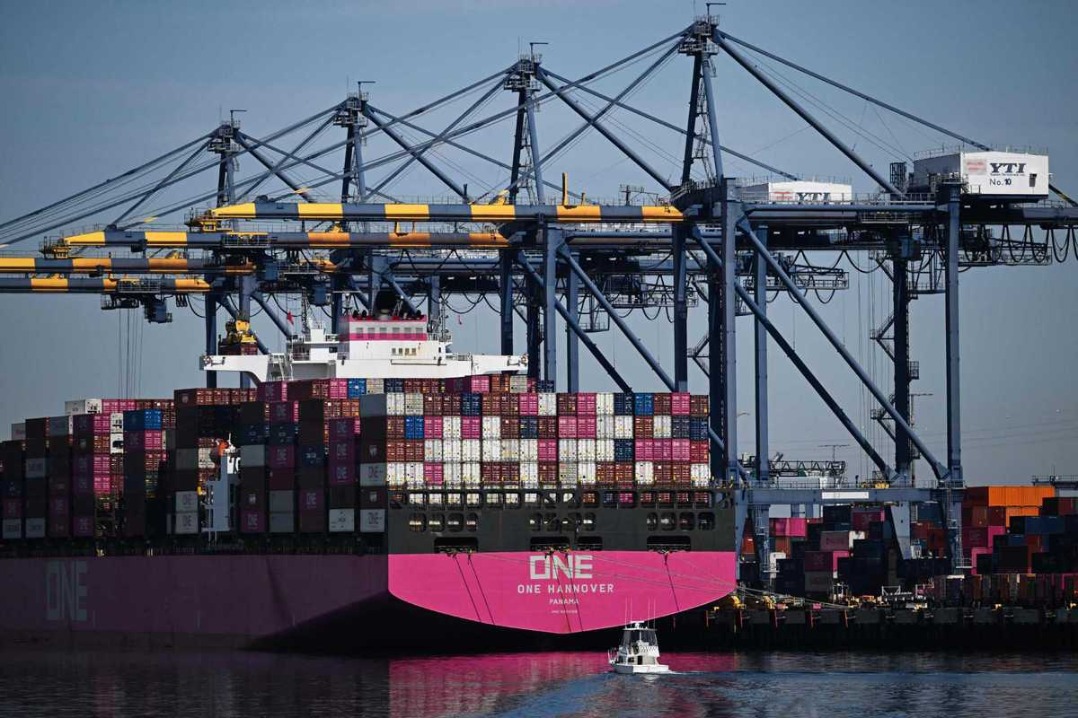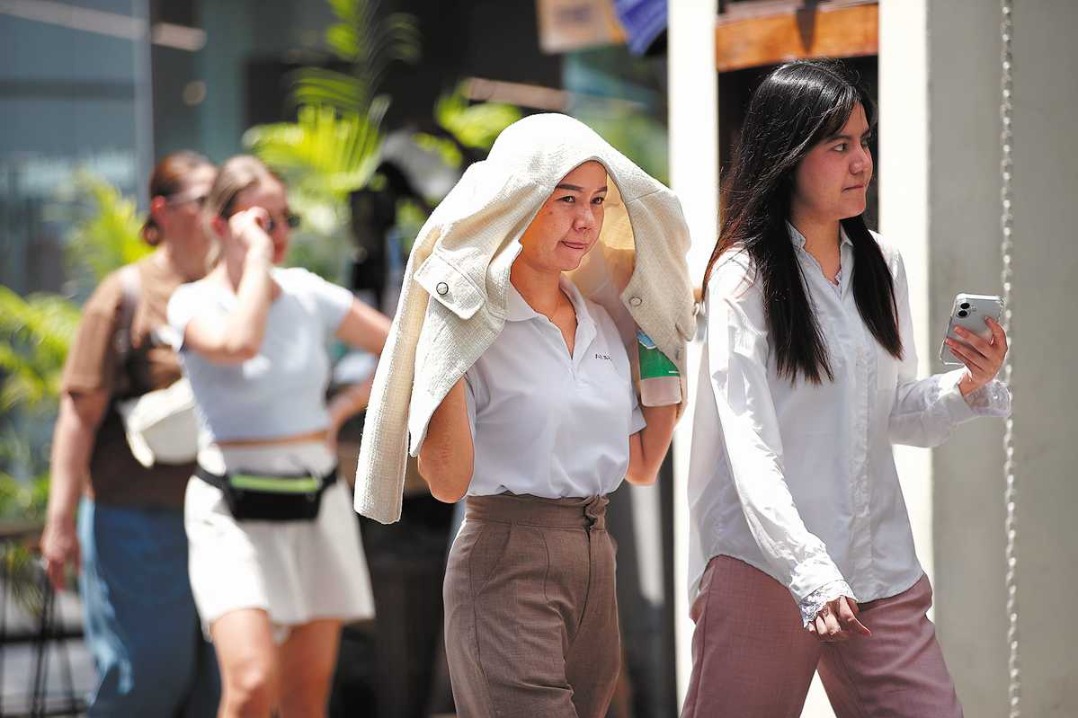Cooperation in Asia viewed as way to counter food crisis

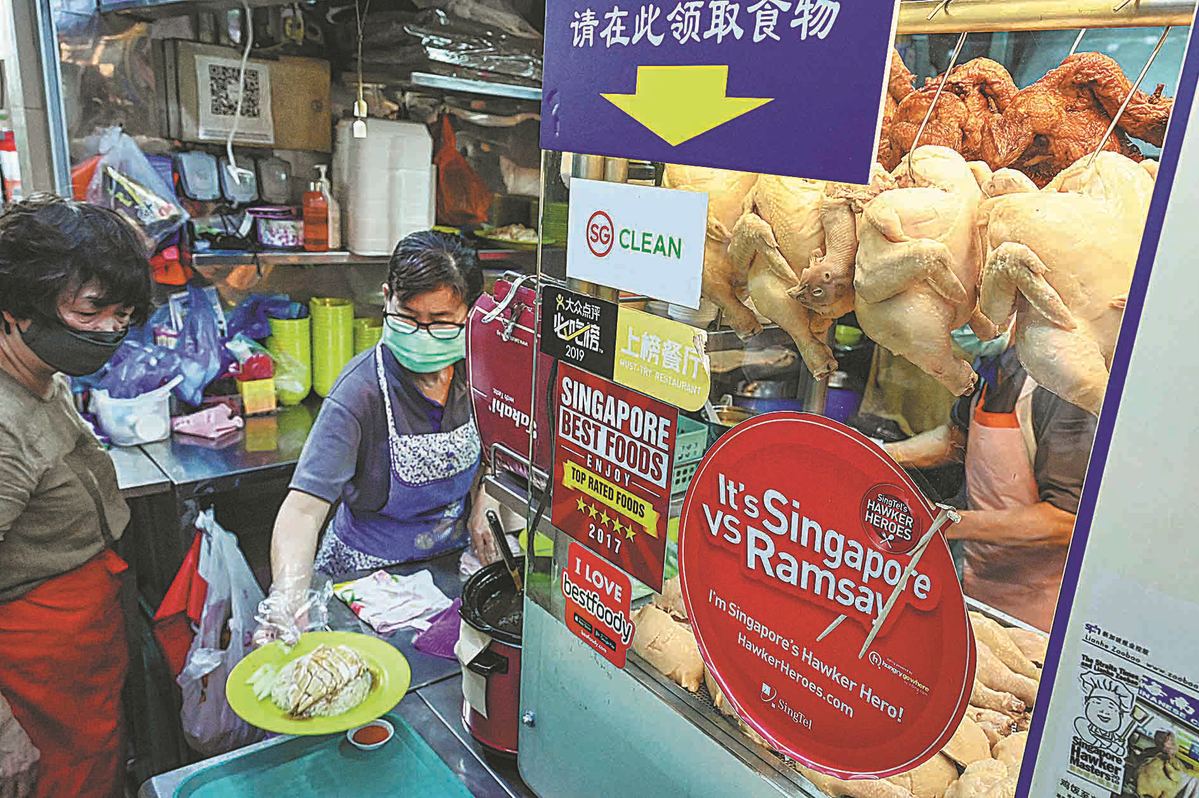
Potential opportunities
In Southeast Asia, there is "an opportunity in the crisis in cooking oil", said Khor Yu Leng, research head for Southeast Asia at the Segi Enam Advisors consultancy in Singapore.
Khor said that palm oil exports can fill the gap when other vegetable oils like rapeseed oil and sunflower oil, of which Russia and Ukraine are key exporters, are in tight supply.
"My check of vessel movements from Indonesia shows a big rise in palm oil tankers going to the Commonwealth of Independent States (and) Russian region," said Khor, referring to a grouping of nations made up of former Soviet republics.
While Thailand, also a palm oil producer, pulled back on domestic use of the product in biodiesel to ensure food supplies, Malaysia and Indonesia are sticking to diverting it into domestic transport fuel with 20-30 percent biofuel blending mandates, said Khor.
The Thai Food Processors Association, quoted by the Bangkok Post on May 9, said Thailand's food exports are expected to grow 5 percent this year to 1.1 trillion baht, driven by the conflict and mounting concerns over food shortages in many countries.
Sayamol also said developing countries in Asia should increase the adoption of organic farming to reduce their dependence on chemical fertilizers.
On the other side of the coin, the ADB's Schroder said Thailand's fossil fuel import costs have risen to 6.4 percent of GDP-one of the highest in developing Asia-as oil prices reach around $100 per barrel.
Similarly, Vietnam is a food exporter but more than 40 percent of its total wheat imports come from Russia and Ukraine, said Schroder, noting the number of countries in developing Asia that can experience a net benefit from the conflict is likely to be limited to oil and gas exporters like Azerbaijan, Brunei and Malaysia. But they could also face downside risks as their exports may be jeopardized by the conflict.
















